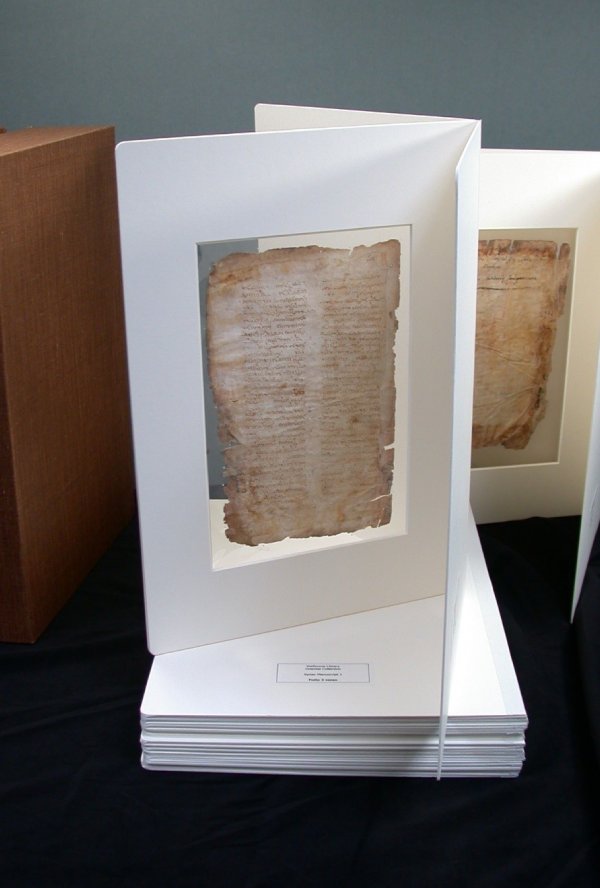Thinking Inside The Box
EN 16893, is used alongside BS 4971:2017 Conservation and care of archive and library collections as standards PD 5454:2012 Guide for the storage and exhibition of archival materials and PAS 198:2012 The BSI website states that EN 16893 “gives specifications and guidance for the location, construction, or adaption of any form of building, or any space in an existing building, specifically intended for internal storage and use of all heritage collection types and formats”.
With climate change being very high on the agenda, there has been a lot of talk (and some action, too) about a need to move towards energy saving and greener practices in all aspects of our existence. In archives storage, one obvious way in which to tackle this was a shift towards more passive management of the relative humidity and temperature conditions with an emphasis on all decision making being based on risk assessment practices.
In the now withdrawn PD5454, the ‘safe range’ concept was the combination of a temperature between 13-20°C with a relative humidity between 35% to 60% with any fluctuations taking place in a slow and steady manner. With the guidance stated in BS 4971, the annual average temperature for a storage space should be less that 18°C. For mixed traditional collections the cautionary maximum has been set at 23°C at the hottest time of year with a cool off to no less than 13°C in the coldest, with relative humidity guidelines remaining the same. There is an emphasis on monitoring the conditions inside storage boxes as opposed to focusing on monitoring the air around them, as enclosure environments can be more stable than that on the outside.
It is well known that boxing and enclosures provide a barrier to changes in the environment. Fluctuating temperature and relative humidity cause collection items to expand and contract, which results in micro stresses within the item, which will eventually weaken it. With this new expanded accepted environmental range within stores, boxes now required more than ever, provide an added layer of protection and keep conditions immediately surrounding the item even more stable. I was delighted to work with Morana Novak https://www.ucl.ac.uk/seaha-cdt/people/morana-novak on new research to put some meat on the bones of these theories.
Novak, Morana & Grau-Bove, Josep & Stefani, Caroline & Checkley-Scott, Caroline & Kraševec, Ida & Cigić, Irena & Strlič, Matija. (2021). Archival box – a simple tool for the modification of the historic house environments. 10.14293/ICMB210043.
Grau-Bové, J., M. Novak, H. Cooray, S.A. Orr, and M. Strlič. 2021. Modelling and performance evaluation of storage enclosures. In Transcending Boundaries: Integrated Approaches to Conservation. ICOM-CC 19th Triennial Conference Preprints, Beijing, 17–21 May 2021, ed. J. Bridgland. Paris: International Council of Museums. cardboard boxes. Ongoing research is validating this approach with a wide diversity of experiments with well-defined enclosures.

Parchment manuscript in archival mount in drop down cloth covered box.

